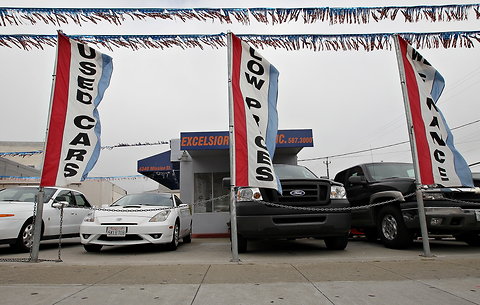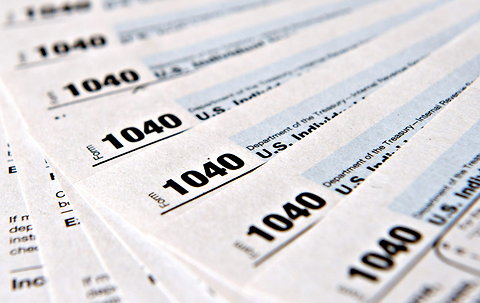LOS ANGELES — The introduction of Disney Infinity, an ambitious video game and toy initiative, has been pushed from June to late August, a retail window that Disney said on Wednesday was more favorable.
But the delay also shifts Infinity from Disney’s fiscal third quarter to its fourth, meaning that any chance of a turnaround at the company’s video game unit will occur later than some investors expected.
Infinity will now reach stores on Aug. 18 in North America and on Aug. 20 overseas, said John Pleasants, co-president of Disney Interactive, in a telephone interview. A June rollout had been planned, pegged to the release of Pixar’s “Monsters University.”
Mr. Pleasants said retailers, impressed with the public reaction to Disney’s demonstration of Infinity in January, pushed for an introduction closer to the all-important holiday season, which starts in October. “The date became an issue in terms of them asking, ‘Is there a better opportunity here?’ ” Mr. Pleasants said.
There may also be competitive reasons for the August date. Disney hopes that Infinity will be its version of Skylanders, a popular product from Activision Blizzard in which players collect action figures and then transfer them into the game’s action by plugging them into a sensor base. Skylanders has generated more than $1 billion in sales since its 2011 arrival; about 100 million of its toys have been sold.
The next edition of Skylanders is scheduled to arrive in stores this fall. Mr. Pleasants downplayed comparisons, but said, “We think it’s good to be first and really lean into the most important selling season of the year.”
August is traditionally a quiet time for video games as families spend money on vacations and back-to-school clothes. But Mr. Pleasants said retailers were willing to devote significant shelf space to the Infinity product line. Disney also hopes that children will return to school with the Infinity action figures in their backpacks, leading to trading.
It is not unusual for video game studios to push back release dates, but the reason usually involves glitches and missed deadlines. Mr. Pleasants insisted that was not the case here.
“We could deliver in June if we wanted to,” he said, adding: “Will a two-month timing change help us? Sure, of course. It gives us a little more time to add bells and whistles and make sure it really sings and pops.”
Robert A. Iger, Disney’s chief executive and chairman, told Wall Street analysts and investors in May that “we’re targeting 2013 as a year of profitability” for Disney Interactive. He technically fulfilled that pledge in the last quarter; Disney’s video game and Web business turned an operating profit of $9 million after 16 consecutive quarters of losses.
But most people interpreted Mr. Iger’s remark to mean that the unit, Disney’s smallest by far, would make money for the fiscal year, which ends in mid-September. There is now little chance of that, as revenue from Infinity will be mostly pushed into 2014. “This will definitely impact our goal of achieving profitability for the year,” Mr. Pleasants said.
Article source: http://mediadecoder.blogs.nytimes.com/2013/03/13/disney-delays-release-of-video-game-and-toy-initiative/?partner=rss&emc=rss


